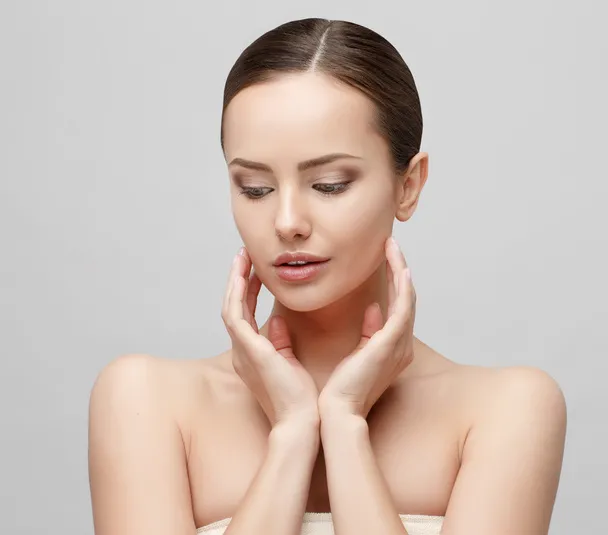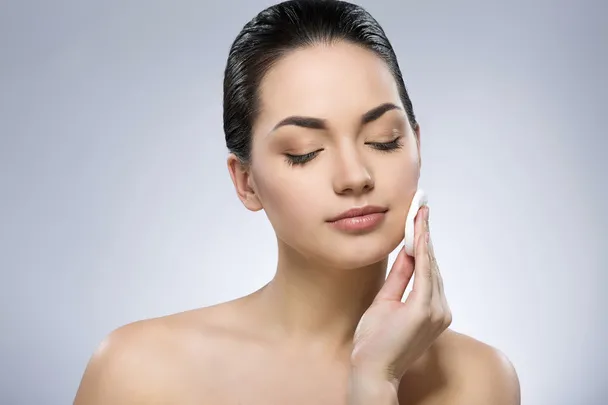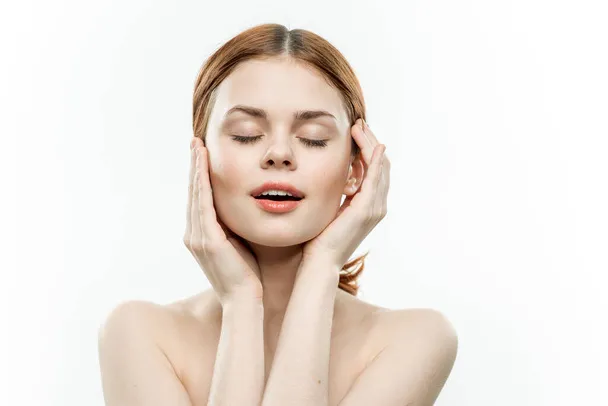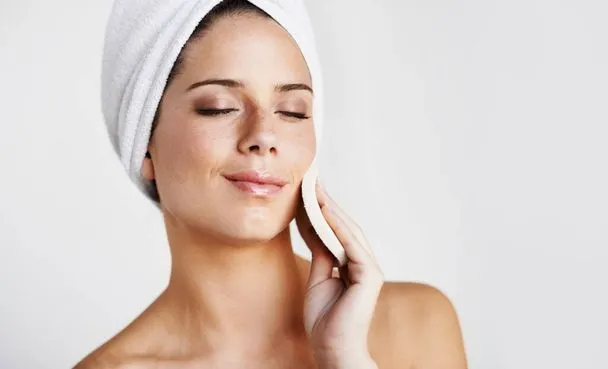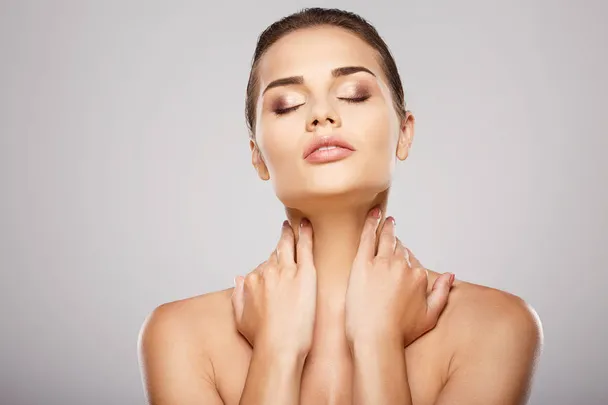Why You Should Avoid Applying Gel to Dry Hair
Gel has long been a staple in many haircare routines, prized for its ability to sculpt and hold hairstyles in place. However, applying gel to dry hair may not yield the desired results and could potentially lead to adverse effects on your hair’s health and appearance. In this comprehensive guide, we delve into the reasons why you should avoid applying gel to dry hair and explore alternative methods for achieving your desired hairstyle while maintaining the health of your locks.
Lack of Moisture Absorption: When it comes to styling our hair, achieving the desired look often hinges on the products we choose and how we apply them. Gel has long been favored for its ability to sculpt and hold hairstyles in place, but applying it to dry hair may not always yield the best results. One of the primary drawbacks of this approach lies in the hair’s inability to absorb moisture effectively.
Dry hair, by its very nature, lacks the necessary hydration to facilitate the even distribution and absorption of gel. Unlike damp or towel-dried hair, which readily absorbs moisture and product, dry hair presents a less receptive surface. As a result, when gel is applied to dry hair, it may struggle to penetrate the hair shaft adequately. Instead of being absorbed, the gel tends to sit atop the hair, forming a superficial layer that fails to integrate with the hair fibers.
This failure to absorb moisture can lead to several undesirable outcomes. Firstly, the gel may be applied unevenly, resulting in patches of excessive product buildup in some areas and inadequate coverage in others. This uneven application can compromise the integrity of the hairstyle, leaving it looking disjointed and unkempt.
Moreover, when gel fails to penetrate the hair shaft, it leaves the hair susceptible to stiffness, crunchiness, and flaking. Rather than melding seamlessly with the hair, the gel forms a rigid shell on the surface, creating a sensation of heaviness and rigidity. Hair treated in this manner may feel stiff to the touch and appear dull and lifeless, lacking the natural movement and suppleness that characterize healthy locks.
Additionally, the inability of dry hair to absorb gel effectively exacerbates the risk of product buildup. As the gel accumulates on the hair’s surface without being absorbed, it can become increasingly difficult to wash out, leading to residue buildup over time. This buildup not only weighs the hair down but also compromises its overall health and vitality, making it prone to issues such as dryness, breakage, and dullness.
In summary, the lack of moisture absorption inherent in dry hair poses a significant obstacle to the effective application of gel. Without adequate hydration to facilitate absorption, gel applied to dry hair is prone to uneven distribution, stiffness, and product buildup. To avoid these pitfalls and achieve optimal results, it is advisable to apply gel to damp or towel-dried hair, where moisture levels are higher, and absorption is more efficient. By doing so, you can ensure a more uniform application, enhanced styling versatility, and healthier, more vibrant-looking locks.
Increased Risk of Damage:
Dry hair is akin to a fragile ecosystem, prone to damage and vulnerability due to its compromised moisture levels and weakened structure. When subjected to the application of gel directly onto dry strands, this vulnerability is exacerbated, leading to a heightened risk of damage and deterioration.
One of the primary culprits behind the increased risk of damage when applying gel to dry hair lies in the alcohol content commonly found in many gel formulations. Alcohol, particularly denatured alcohol, serves as a drying agent, dissolving oils and moisture from the hair shaft. When applied to already dry hair, these alcohol-laden gels further strip away the hair’s natural oils, exacerbating dryness and contributing to a brittle, parched texture.
As the hair’s moisture barrier becomes compromised, it loses its ability to retain moisture, leading to increased susceptibility to breakage and split ends. Dry, brittle hair is more prone to snapping under tension, whether from combing, styling, or environmental factors. Consequently, applying gel directly to dry hair can accelerate this process of breakage and deterioration, leaving the hair feeling weak, rough, and prone to frizz.
Moreover, the mechanical action involved in rubbing gel onto dry hair can exacerbate the risk of damage, particularly for those with textured or curly hair types. The friction generated by this process can lead to hair cuticle damage, causing the outer layer of the hair shaft to become roughened and prone to tangling. Over time, this damage can escalate, resulting in increased frizz, tangles, and overall hair distress.
For individuals with textured or curly hair, the risk of damage is further compounded by the unique structural characteristics of their hair. Textured hair tends to be drier and more fragile due to its spiral-shaped follicles, which impede the distribution of natural oils from the scalp along the hair shaft. As a result, applying gel directly to dry textured hair can exacerbate dryness and increase the likelihood of breakage and frizz.
In summary, the increased risk of damage associated with applying gel to dry hair stems from both the drying effects of alcohol and the mechanical trauma inflicted during application. To minimize this risk and preserve the health and integrity of your hair, it is advisable to apply gel to damp or towel-dried hair, where moisture levels are higher and absorption is more efficient. By doing so, you can achieve your desired hairstyle without compromising the health and vitality of your locks, ensuring they remain strong, resilient, and beautiful.
Unnatural Texture and Appearance:
The pursuit of the perfect hairstyle often involves experimenting with various styling products to achieve the desired look. However, when it comes to applying gel to dry hair, the results may not always live up to expectations. One of the key drawbacks of this approach lies in the unnatural texture and appearance it imparts to the hair, detracting from its natural beauty and versatility.
Gel applied to dry hair tends to yield an artificial texture and appearance, characterized by stiffness, crunchiness, and an overly slick or greasy look. Unlike when applied to damp or towel-dried hair, where the moisture helps to distribute the product evenly and encourages better absorption, gel applied to dry hair tends to sit atop the hair shaft, forming a rigid, shell-like coating.
This unnatural texture and appearance can be attributed to several factors. Firstly, the lack of moisture in dry hair impedes the gel’s ability to blend seamlessly with the hair fibers, resulting in uneven distribution and product buildup. Instead of enhancing the hair’s natural texture and movement, the gel creates a stiff, shell-like effect that lacks dimension and flexibility.
Furthermore, the drying properties of many gels, compounded by their alcohol content, contribute to the stiffness and crunchiness often associated with gel-applied dry hair. As the gel dries, it forms a rigid film on the hair surface, leaving behind a telltale crunchiness that can be both uncomfortable and unsightly.
Additionally, the overly slick or greasy appearance commonly observed with gel-applied dry hair can be attributed to the lack of moisture balance. Dry hair lacks the natural sheen and vitality associated with well-hydrated locks, and applying gel directly onto dry strands exacerbates this issue, resulting in a dull, lifeless appearance.
Ultimately, the unnatural texture and appearance imparted by gel-applied dry hair can detract from the overall aesthetic of your hairstyle and may not align with the effortless, touchable look you desire. Instead of enhancing your hair’s natural beauty and movement, gel applied to dry hair can leave it looking stiff, shell-like, and lacking in dimension and flexibility.
To avoid these pitfalls and achieve a more natural, flattering hairstyle, it is advisable to apply gel to damp or towel-dried hair, where moisture levels are higher and absorption is more efficient. By doing so, you can ensure a more uniform application, enhanced styling versatility, and a hairstyle that complements your hair’s natural texture and movement.
Difficulty in Styling:
Styling our hair is often an exercise in creativity and self-expression, but when it comes to applying gel to dry hair, the process can be fraught with challenges. Dry hair presents unique obstacles that can impede the gel’s ability to sculpt and hold the hair in place, resulting in a less-than-ideal styling experience.
One of the primary difficulties encountered when applying gel to dry hair lies in its resistance to styling products. Unlike damp or towel-dried hair, which readily absorbs moisture and product, dry hair lacks the necessary hydration to facilitate effective product distribution and absorption. As a result, when gel is applied to dry strands, it may struggle to adhere to the hair fibers, leading to uneven coverage and inadequate hold.
The lack of moisture and flexibility in dry hair further compounds the challenge of styling with gel. Dry hair tends to be stiffer and less pliable, making it difficult to manipulate into your desired hairstyle. The gel may fail to provide the necessary grip and structure to sculpt the hair into place, resulting in a hairstyle that lacks definition and longevity.
Additionally, the stiffness and rigidity caused by gel can limit your ability to restyle or adjust your hair throughout the day. Once applied, the gel forms a rigid film on the hair surface, locking it into place and making it resistant to manipulation. This lack of flexibility can leave you feeling constrained and uncomfortable, especially if you prefer to change your hairstyle or touch up your look throughout the day.
Moreover, the inability of gel-applied dry hair to maintain its shape and hold can result in a hairstyle that quickly loses its definition and structure. As the day progresses, the hair may start to droop, lose volume, or frizz up, detracting from the overall aesthetic of your hairstyle.
In summary, styling dry hair with gel presents a series of challenges that can compromise the outcome of your hairstyle. The resistance to product absorption, lack of moisture and flexibility, and limited styling versatility all contribute to a less-than-ideal styling experience. To overcome these difficulties and achieve your desired hairstyle, it is advisable to apply gel to damp or towel-dried hair, where moisture levels are higher, and absorption is more efficient. By doing so, you can ensure a more defined, long-lasting hairstyle that complements your hair’s natural texture and movement.
Potential Product Buildup:
When it comes to styling our hair, achieving the perfect look often involves experimenting with various products to achieve the desired result. However, applying gel to dry hair can inadvertently lead to a common haircare concern: product buildup. This accumulation of product residue on the hair and scalp can have several detrimental effects on the health and appearance of your locks.
One of the primary reasons why applying gel to dry hair increases the likelihood of product buildup lies in the hair’s reduced ability to absorb or rinse out the gel effectively. Dry hair lacks the moisture necessary to facilitate the even distribution and absorption of product, causing the gel to sit atop the hair shaft rather than being fully integrated. As a result, with each subsequent application of gel to dry hair, the product continues to accumulate on the hair’s surface, gradually building up over time.
This buildup of gel and other styling products can weigh down the hair, making it look limp, dull, and lifeless. The excess product coats the hair strands, preventing them from moving freely and inhibiting natural volume and bounce. As a result, your hair may appear flat and lackluster, devoid of the vitality and movement characteristic of healthy locks.
Moreover, the accumulation of product residue on the scalp can pose additional challenges. As the gel builds up along the hairline and roots, it can clog the hair follicles and impede healthy hair growth. This obstruction of the follicles can lead to issues such as scalp irritation, itching, and inflammation, potentially exacerbating existing conditions like dandruff or seborrheic dermatitis.
Furthermore, product buildup can disrupt the scalp’s natural balance, creating an environment conducive to bacterial or fungal overgrowth. This imbalance may further exacerbate scalp issues and compromise hair health, leading to issues such as hair loss or thinning.
To mitigate the risk of product buildup and maintain healthy, vibrant hair, it is essential to adopt strategies to effectively cleanse the hair and scalp. Regular shampooing with a clarifying or detoxifying shampoo can help remove product residue and impurities, restoring freshness and vitality to your locks. Additionally, incorporating exfoliating treatments or scalp scrubs into your haircare routine can help dislodge buildup from the scalp, promoting a clean and healthy environment for hair growth.
In summary, while gel can be a valuable tool for styling your hair, applying it to dry hair increases the risk of product buildup, which can have detrimental effects on both the hair and scalp. By adopting effective cleansing practices and being mindful of product usage, you can ensure that your hair remains healthy, vibrant, and free from the burdens of product residue.
In conclusion, avoiding the application of gel to dry hair is essential for maintaining the health, texture, and appearance of your locks. Instead, opt for applying gel to damp or towel-dried hair, as the moisture helps to distribute the product evenly and encourages better absorption. Additionally, consider using alternative styling products, such as mousses, creams, or serums, which offer lightweight hold and hydration without the drawbacks associated with gel. By prioritizing the health and well-being of your hair, you can achieve beautiful, salon-worthy hairstyles while safeguarding your locks against damage and dehydration.

